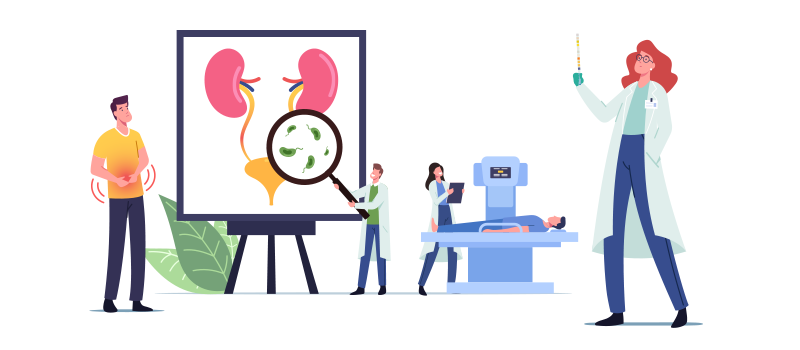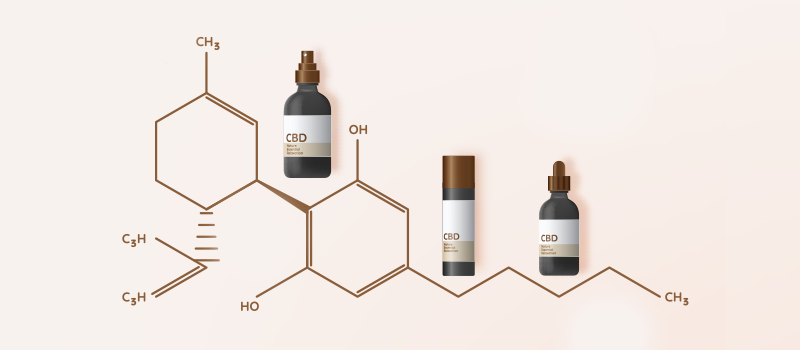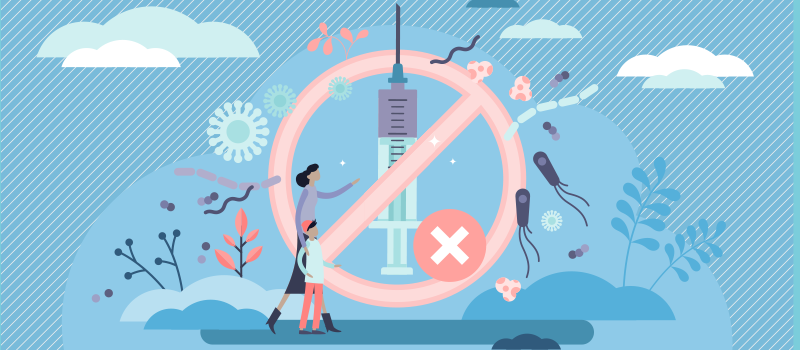What’s the Buzz
The Bee Healthy Blog
7 Common Signs of Testicular Cancer

Testicular cancer is an uncommon cancer. According to the American Cancer Society and National Cancer Institute, approximately 9,000 cases of testicular cancer are diagnosed in the United States each year. It affects mostly middle-aged men, with the average age at diagnosis being in the mid-30s. However, young boys, teenagers, and men older than 55 years can also develop testicular cancer.
Please continue reading to find out more about the symptoms of testicular cancer and treatment options for this condition.
Where does testicular cancer usually start?
Testicular cancers start in the cells of the male reproductive system, specifically the testicles or testes. The testicles are small, oval-shaped male sex glands (about the size of 4 x 3 x 2 cm). They sit in a loose bag of skin called the scrotum located below the penis. The testicles produce sperm and the sex hormone testosterone.
Nearly all testicular cancers begin in the germ cells that make sperm (they are called germ cell neoplasia). Most are present in one testicle only. Unlike healthy cells, cancer cells in the testicles grow uncontrollably. As testicular cancer spreads, the cancer cells can be found in nearby lymph nodes. In men with advanced disease, testicular cancer spreads to other parts of the body.
What are the risk factors for developing testicular cancer?
Known risk factors for testicular cancer include cryptorchidism (undescended testicles), a family history of testicular cancer, age between 15 and 45 years, and White ethnicity. The increased risk remains even if the undescended testicle is surgically treated.
What is an early symptom of testicular cancer?
One of the earliest symptoms and signs of testicular cancer is a painless lump or swelling in one testicle. However, other conditions, such as a varicocele (swollen blood vessels) and epididymal cysts, can also cause testicular lumps. If you notice a lump or swelling in your testicle, have it evaluated by a healthcare provider.
What are the warning signs and symptoms of testicular cancer?
Besides testicular lumps, other symptoms and signs of a testicular tumor may include:
- A dull ache in the groin or lower belly
- Sharp pain in the affected testicle or scrotum
- A feeling of heaviness in the scrotum
- Sudden swelling in the scrotum
- Enlargement of breast tissue
- Backache
Hormonally active testicular tumors such as Leydig cell tumors may cause symptoms due to excess male sex hormone (testosterone) being converted to female hormones (estradiol). These symptoms can include precocious puberty, gynecomastia (enlargement of male breast tissue), breast tenderness, infertility, and erectile dysfunction.
How is a testicular cancer diagnosis made?
You may find a testicular lump or report symptoms to your healthcare provider, or your provider may discover a scrotal lump or swelling on physical examination. Investigation of scrotal lumps consists of the following:
- Ultrasound examination to see where the lump or swelling is located (in the testicle or outside it), and if testicular lumps are seen, whether they are suspicious for cancer.
- Blood tests to check tumor markers such as alpha-fetoprotein, beta-human chorionic gonadotropin, and lactate dehydrogenase (elevated levels of these tumor markers point towards testicular cancer).
- Surgical removal of a testicle that looks suspicious for cancer and examination in the laboratory for signs of cancerous tissue.
What are the types of testicular cancers?
Cancer cells, if found, are classified as seminomas (slow growing, common in older men) or non-seminomas (fast-growing, common in younger men).
Tumor markers and imaging studies like CT scans are used to stage testicular cancer from stage 0 to stage 3.
Stage 0 and stage 1 testicular cancer is one that is caught early and affects only the testicle and surrounding area, with no cancer cells in the lymph nodes or anywhere else in the body. Stage 2 testicular cancers have spread to the lymph nodes. Stage 3 testicular cancer is an advanced testicular cancer that has spread to other parts of the body, or cancer is present in the lymph nodes with very high tumor markers.
What is testicular cancer treatment?
The mainstay of treatment for testicular cancer is surgery and chemotherapy. In general, the sooner treatment begins, the better the outcome. Your cancer care team will discuss all the options with you and develop an individualized treatment plan depending on the type of testicular cancer and the stage of the tumor (cancer spread). If you plan to have children in the future, talk to your doctors about preserving sperm before surgery, chemotherapy, and radiation.
Surgery
This includes radical inguinal orchiectomy, which is the surgical removal of the entire testicle. It can be replaced with an artificial gel-filled testicle that matches the remaining testicle if desired. This surgery is usually the only treatment required for early-stage testicular cancer that is limited to the testicle.
Further surgery with retroperitoneal lymph node dissection (surgery to remove nearby lymph nodes) may be necessary if there is evidence that the testicular cancer has spread locally. This is common with nonseminoma testicular cancers.
The risks of testicular cancer surgery include bleeding, infection, and nerve injury, which can cause problems with ejaculation.
Chemotherapy
Chemotherapy treatments may be offered as a further treatment after surgery to kill any remaining cancer cells in the body. This is usually required in people with metastatic cancer (testicular cancer that has spread beyond the testicle). For advanced cancers, chemotherapy may be done before surgery.
Common side effects of chemotherapy include fatigue, increased risk of infections, hearing loss, and temporary or permanent loss of the ability to make sperm.
Radiation therapy
Radiation is sometimes used for seminoma-type testicular cancers. It may be offered after surgical removal of the testicle.
Side effects of radiation therapy can include fatigue, nausea, and a temporary reduction in sperm counts, which can affect fertility.
Immunotherapy
This treatment helps the body's immune system find and kill cancer cells. It is sometimes used in people with advanced cancer or testicular cancer that is unresponsive to other treatments.
What is the life expectancy for metastatic testicular cancer?
Testicular cancers can usually be treated successfully even if they are advanced and have spread to other parts of the body (metastatic). The risk of dying from this type of cancer is low. The 5-year relative survival rate for all stages of testicular cancer is 95%. This means people who have testicular cancer are, on average, 95% as likely to live for 5 years as people who don’t have testicular cancer.
How to prevent testicular cancer?
There is no way to prevent testicular cancer. However, it is a very treatable cancer, even when the cancer has spread. Some healthcare providers recommend doing a regular testicular self-exam. However, it is unclear if this is helpful in diagnosing many testicular cancers. Nonetheless, you may find it useful to know how your testicles normally feel and report any changes to your healthcare provider.
References:
- https://www.cancer.org/cancer/types/testicular-cancer/about/key-statistics.html#
- https://www.mayoclinic.org/diseases-conditions/testicular-cancer-care/symptoms-causes/syc-20352986
- https://www.ncbi.nlm.nih.gov/books/NBK549800/#:
- https://www.cancer.org/cancer/types/testicular-cancer/detection-diagnosis-staging/survival-rates.html












SOCIAL